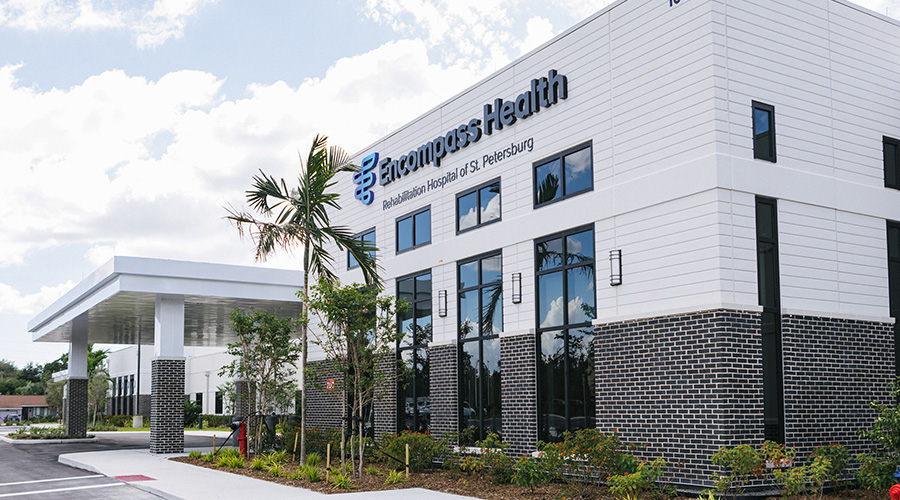Healthcare providers at Johns Hopkins Medicine in Baltimore, Md., are being trained in a new facility meticulously designed to help them hone their skills, according to an article on the Baltimore Sun website.
The 13,000 square-foot, $6.8 million Johns Hopkins Medicine Simulation Hospital features life-sized mannequins with simulated pulses and traceable vital signs. They lie in hospital beds and can also "breathe" and be programmed to emit a variety of noises, phrases and sounds.
Dr. Elizabeth Hunt, the center's director and an associate professor of anesthesiology and critical care medicine and pediatrics at Hopkins' School of Medicine, said she worked closely with architects, the Hopkins facilities team, and contractors involved in designing the center.
To the untrained eye, it's nearly impossible to differentiate Hopkins' simulation hospital from an actual one. The general patient wards and intensive care and labor delivery units, right down to the lighting and noisy medical equipment, look and sound exactly like the real thing, the article said.

 A 'Superbug' Is on the Rise in Hospitals
A 'Superbug' Is on the Rise in Hospitals The Next Generation of Security Tech in Healthcare Facilities
The Next Generation of Security Tech in Healthcare Facilities Encompass Health Rehabilitation Hospital of St. Petersburg Opens
Encompass Health Rehabilitation Hospital of St. Petersburg Opens Why More Facilities are Adding Gender Neutral Restrooms
Why More Facilities are Adding Gender Neutral Restrooms Massachusetts Hospital Cyberattack Reflects Growing Vulnerability in Healthcare Systems
Massachusetts Hospital Cyberattack Reflects Growing Vulnerability in Healthcare Systems